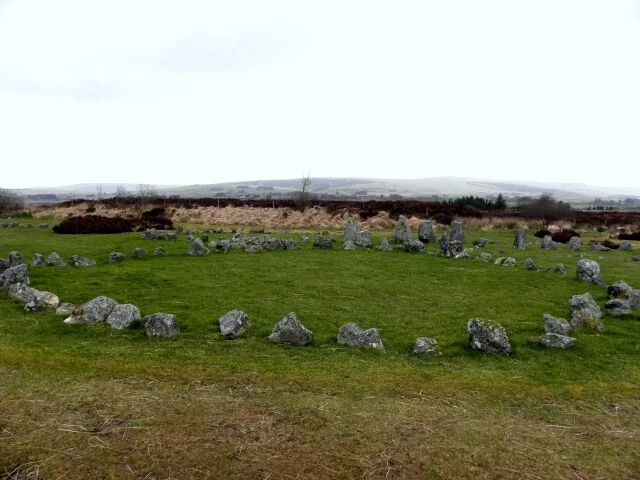The Beaghmore stone circles are an important prehistoric site in County Tyrone, Northern Ireland. They consist of seven stone circles, ten small stone cairns, and multiple stone alignments. Dating to around 1500 BC, they are part of the broader tradition of Neolithic and Bronze Age ritual monuments.
Get your dose of History via Email
Discovery and Excavation
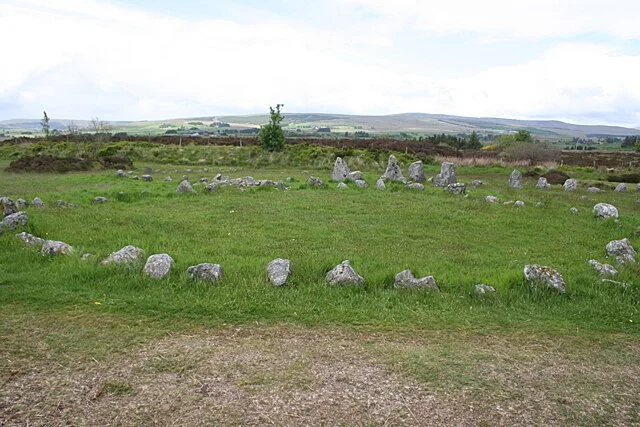
The Beaghmore stone circles were discovered in the 1940s during peat cutting. Excavations began in 1945, led by the archaeologist Oliver Davies. His work uncovered the seven circles and other features, providing key insights into the site’s purpose. Further excavations in the early 1960s revealed more stones buried beneath the peat, confirming the extent of the monument.
Layout and Structure
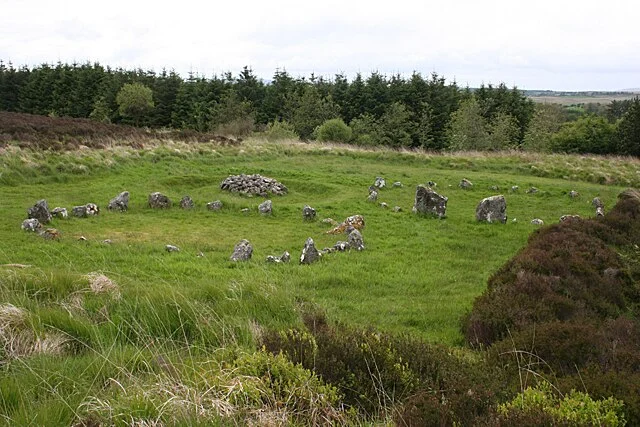
The stone circles at Beaghmore vary in size, with diameters ranging from 10 to 20 meters. Most circles are formed by small, closely spaced stones. Interestingly, six of the seven circles occur in pairs, a rare feature in such sites. The alignment of stones, especially in the radial patterns and the placement of stone rows, suggests an intentional layout likely connected to astronomical events.
Astronomical Significance
Archaeological studies indicate that the Beaghmore circles may have had a connection to solar and lunar cycles. Some stone rows align with the summer solstice sunrise, while others appear linked to lunar phases. These features suggest the circles may have been used to track time or mark significant seasonal events.
Ritual and Burial Purposes
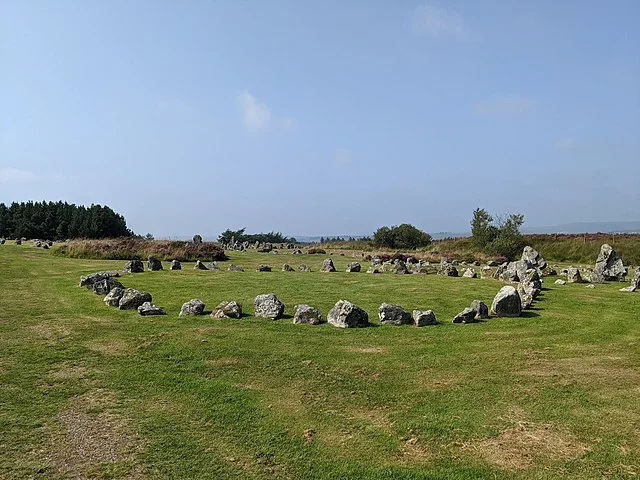
In addition to their astronomical significance, the Beaghmore stone circles may have been used for ritual activities. The ten cairns scattered across the site likely served a funerary purpose. Excavations have found evidence of cremated human remains within these cairns, pointing to their use in burial rites.
Significance in Bronze Age Society
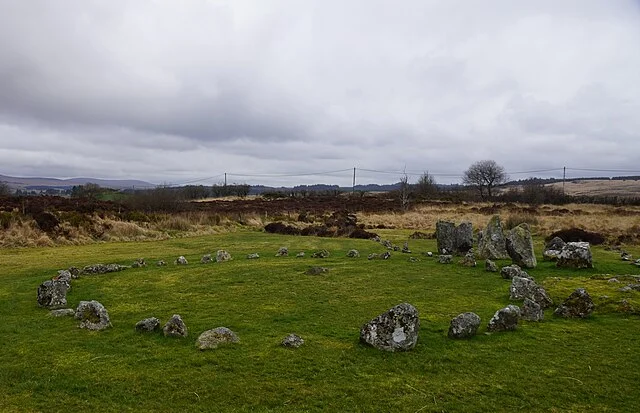
The Beaghmore stone circles provide valuable insights into the social and religious practices of Bronze Age communities in Ireland. The careful placement and orientation of the stones suggest a high level of planning and cooperation. Moreover, the discovery of similar stone circles and alignments throughout the British Isles indicates shared cultural practices across different regions during this period.
Preservation and Access
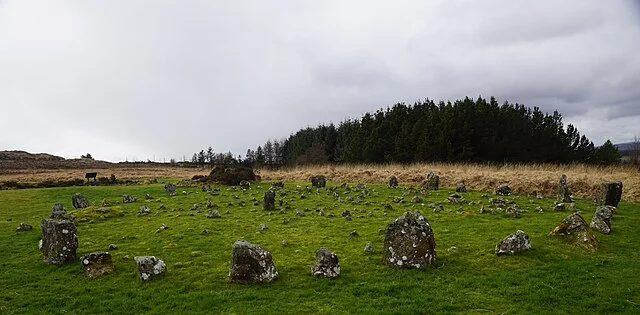
Beaghmore remains one of the best-preserved Bronze Age sites in Northern Ireland. It is open to the public, with signage explaining its features and significance. The remote location has helped protect the site from modern development, preserving its unique character for future study.
Conclusion
The Beaghmore stone circles offer a glimpse into the religious, astronomical, and social practices of Bronze Age communities. Their alignment with celestial events, combined with their role in burial rituals, highlights the significance of this site in prehistoric Ireland. Further research may continue to uncover new insights into this ancient monument.
Source:

